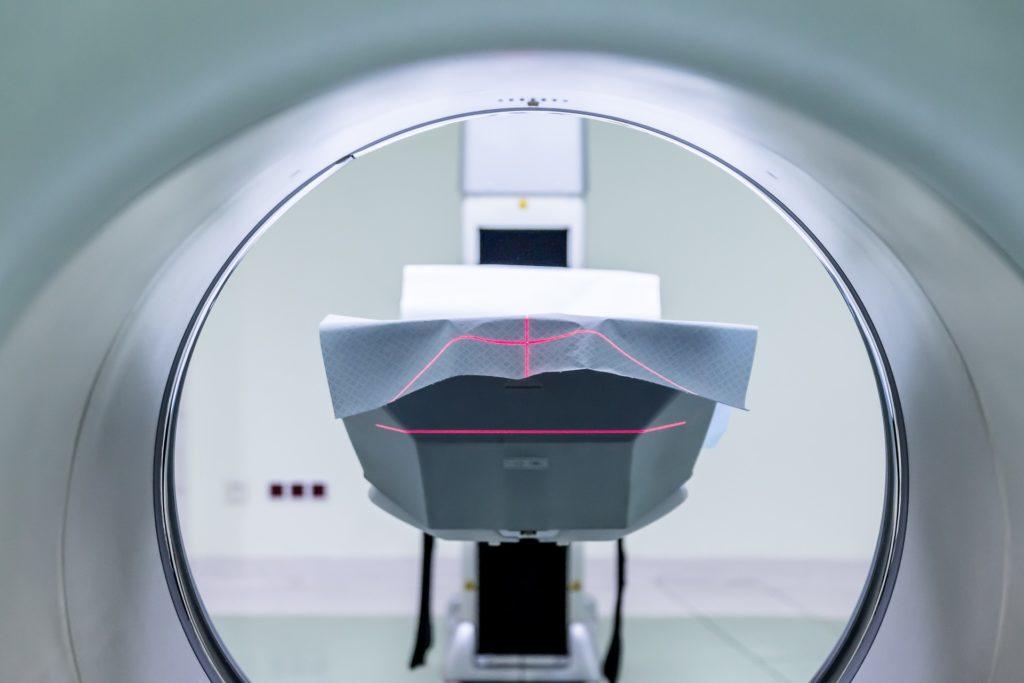This Article Is Part Of A Series Written By Dr. Kevin Pauza
Magnetic Resonance Imaging (MRI) is considered the best way to get a look at a person’s spinal discs in order to diagnose them for degenerative disc disease. However, while an MRI can reveal whether or not spinal discs have degenerated, they don’t reveal the underlying cause of degenerative disc disease.
This inability to help patients and doctors understand the underlying cause of degenerative disc disease is often leads to an inability to effectively treat degenerative disc disease. So what is the underlying cause of degenerative disc disease, and why doesn’t MRI reveal it?
What is Degenerative Disc Disease?
Before we can understand why MRI fails to show us what causes degenerative disc disease pain, we have to understand what degenerative disc disease actually is.
Although MRI may show degenerative disc disease these words only describe the appearance of the MRI, not a person’s pain. Think of an MRI’s appearance as you would think of a photo’s appearance of a starry-filled sky. The photo may reveal the milky-way or even planets, but it can’t reveal if it’s a warm summer or frigid winter night.
Likewise, the MRI appearance of degenerative disc disease is nothing more than an appearance.
Annular Tears & MRI
Degenerative disc disease pain only occurs when annular tears allow the nucleus pulposus liquid gel to leak, and this cannot be seen on an MRI.
Because leaking nucleus pulposus gel is perceived as a foreign substance by the human body, it causes inflammation of surrounding nerves. This inflammation is what causes pain that is usually attributed to degenerative disc disease.
However, it’s only the unseen liquid gel leaking through the layer of the annulus fibrosus that causes pain. When this pain occurs it’s considered an injury or disease and called sciatica, disc pain, or “leaky disc syndrome™”, but in reality, it’s just an annular tear.
Why Degenerative Disc Disease Isn’t Really a Disease
It should be noted that since every adult who lives past their teenage years has degenerative discs, it’s not a disease, only an expected appearance. The accumulation of annular tears within the 22-25 layers of the annulus fibrosus is what appears as degenerative disc disease on the MRI.
To understand why disc degeneration was once wrongly called a disease it helps to know that decades ago the only spine treatment available was fusing a degenerated disc with metal rods. Spine surgeons got paid only when they said they were “treating a disease” by implanting metal rods. This is why degenerative disc disease is a term still used today by the spine industry.
In summary, degenerative disc disease is not a disease, it’s the MRI appearance of a disc with multiple annular tears. These tears cause discs to dry out or desiccate, and to flatten, bulge, or herniate.
Again, none of these appearances identifies the cause of symptoms, because symptoms only originate from unseen leakage caused by annular tears. This leakage and these annular tears are unseen by MRIs, but are clearly seen by annulogram tests, an important part of the Discseel® Procedure.
If you’re suffering from degenerative disc disease that affecting the quality of your life, apply for The Discseel® Procedure today and find out if you’re a candidate.
